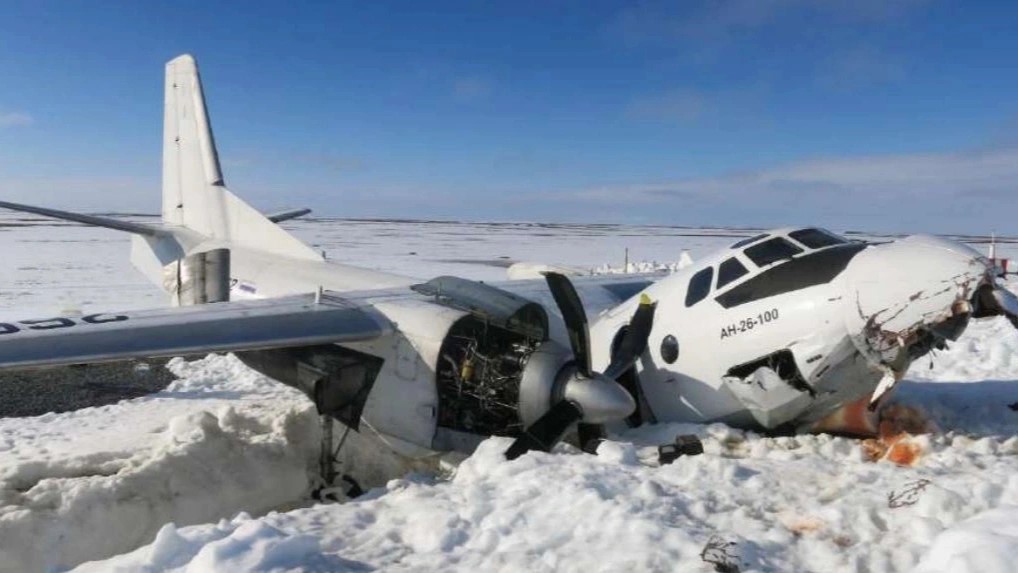The Import-Substituted russian Aviation Industry Is Confidently Going into Dive
11/23/2025

russian passenger planes, which the kremlin presents as a symbol of technological independence, have in practice proven to be dependent on foreign components.
The SSJ-100s that continue to fly are equipped with French SaM146 engines, which russian airlines can no longer officially service due to sanctions. The aircraft have problems with their control systems and landing gear, while repairs are only supported by “donor” spare parts. The import-substituted version of the SSJ-NEW, in which 64 components need to be replaced, has not passed certification; deadlines are constantly being postponed – now to 2026, but without guarantees or forecasts for serial production.
The medium-range MC-21 is also far from mass production. The MC-21-300 model was ready for serial approval, but after the start of the aggression against Ukraine, the project was halted due to the use of American Pratt & Whitney PW1000G engines. The MC-21-310 version, in which 70 Western components were to be replaced, is still being refined: russian manufacturers were unable to replace the anti-icing systems, toilet module, collision warning system, weather radar, and power supply. At this, the range of the updated model has been reduced from 6,400 to 3,830 km.
The situation is no better in the turboprop aircraft segment: instead of real import substitution to replace the outdated An-24 and An-26, russia continues to extend their service life “on paper”. Passenger safety is not a priority in this case. The “Baikal” project, which was supposed to replace the An-2, has been declared a failure, although funding continues.
According to head of “rosaviatsiya” Dmitry Yadrov’s forecast, by 2030, russian civil aviation will have to decommission about 340 aircraft – 230 domestic and 109 imported. This list will also include modern SSJ-100s, assembled using Western technology, access to servicing which is now blocked.
